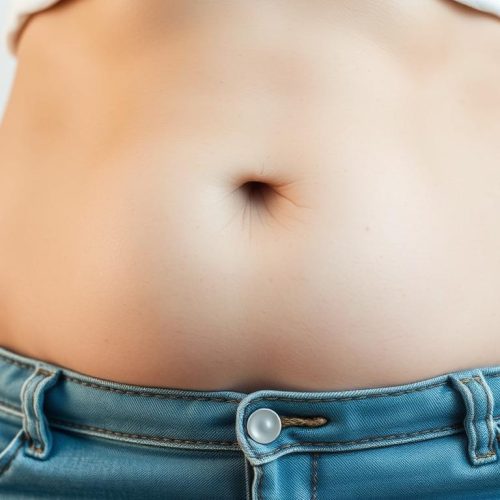The leg press is a popular exercise that targets the muscles of the lower body, specifically the quadriceps, hamstrings, and glutes. However, in order to maximize the effectiveness of this exercise, it is important to use the correct foot placement on the leg press machine. In this leg press guide, we will discuss the five best leg press foot placements that will help you get the most out of your leg press positions for the workout.
These foot placements include placing your feet high and wide on the platform, which targets the glutes and hamstrings. Another option is placing your feet low and close together, which emphasizes the quadriceps. Additionally, you can try placing your feet in a narrow stance, targeting the outer thighs and hips, or in a wide stance, targeting the inner thighs. Experimenting with different foot placements will allow you to target various muscles and achieve a well-rounded lower body workout.
These can assist you in reaching your fitness goals if you desire to keep improving:
Using the leg press machine, experiment with different foot location variations to see how you may improve and modify your leg day.
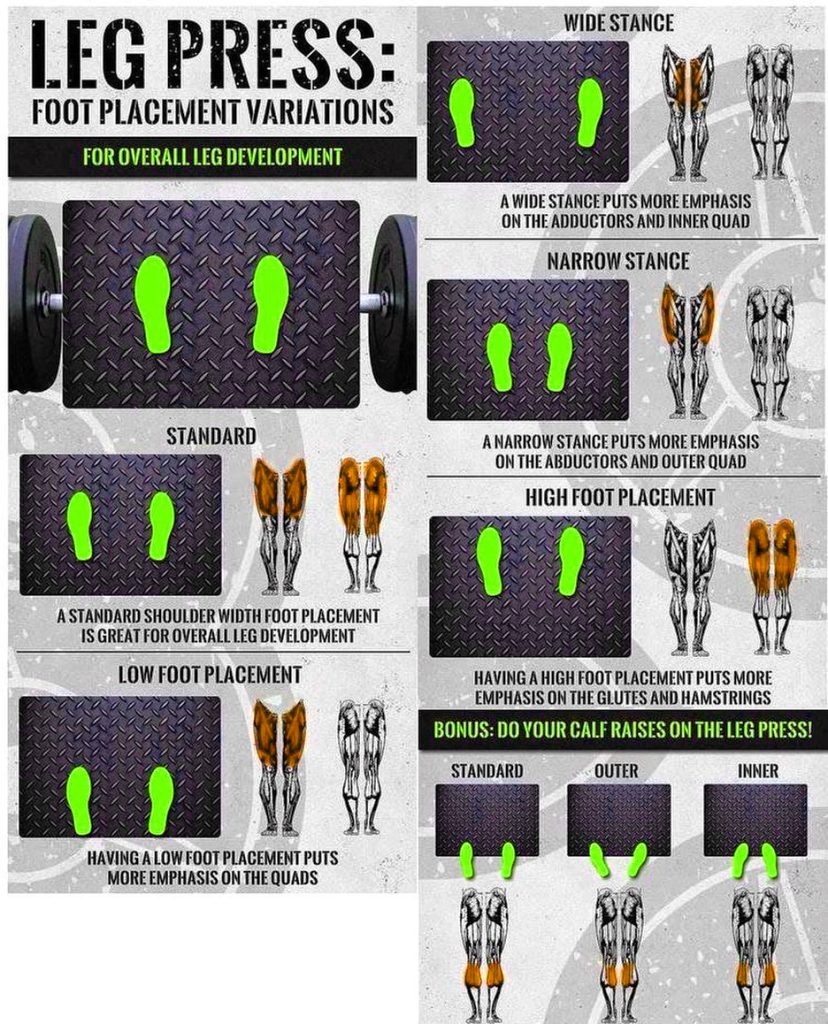
1. Standard Foot Placement
The standard foot placement for leg press exercises is shoulder-width apart on the footplate. This positioning helps maintain stability and balance during the movement. Additionally, keeping the feet at this width allows for maximum engagement of the quadriceps and glute muscles.
It is important to note that individuals with specific training goals or physical limitations may need to adjust their foot placement slightly to target specific muscle groups or accommodate any restrictions
.
Standard: Leg Press Foot Placement
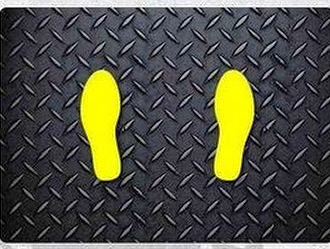
- Place your feet shoulder-width apart.
- Keep your feet parallel, pointing straight ahead.
- This foot placement primarily targets the overall development of your quadriceps.
2. Narrow Foot Placement
For the narrow stance leg press foot position, the feet are placed close together on the platform, with the toes pointed slightly outwards. This foot position targets the quadriceps and inner thigh muscles more intensely, as it requires greater stability and balance. It also places less stress on the knees compared to a wider stance. Overall, the narrow-stance leg press placement is a great option for individuals looking to specifically target and strengthen their quads and inner thighs.
In addition, this foot position also helps to improve overall lower body strength and stability. By engaging the inner thigh muscles, it can help improve hip stability and prevent injuries. However, it is important to note that individuals with any knee or hip issues should consult with a professional before attempting the narrow-stance leg press. It is always crucial to prioritize safety and listen to your body’s limitations.
Narrow: Feet together or inches apart
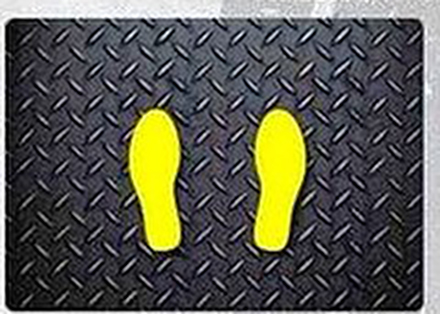
- Place your feet close together, with your heels touching or nearly touching.
- Keep your feet parallel.
- In addition to targeting the quadriceps, the narrow stance also places greater emphasis on stability and balance. By bringing the feet closer together, the body is forced to engage the core and lower body muscles to maintain proper form and prevent any wobbling or swaying.
- This not only helps to strengthen the muscles surrounding the knee joint but also improves overall stability and coordination. Moreover, the narrow stance can be a valuable tool for individuals looking to improve their squat depth and range of motion.
3. Wide Leg Press Positions
There are several different positions you can use when performing a wide leg press stance. One common position is to place your feet shoulder-width apart on the platform, with your toes pointed slightly outward. This position targets the outer thigh muscles and can help to develop a wider, more defined lower body.
Another option is to place your feet wider than shoulder-width apart, with your toes pointed even further outward. This wider stance engages the glutes and inner thigh muscles more intensely, creating a more balanced and sculpted lower body.
Both positions provide different benefits and can be incorporated into your leg workout routine, depending on your goals. It is important to maintain proper form and avoid locking your knees during the exercise to prevent any strain or injury.
Additionally, using a challenging weight and gradually increasing it over time can help to continuously challenge and strengthen your lower body muscles.
Wide: Leg Press Foot Position
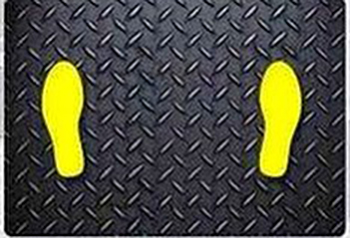
- Position your feet wider than shoulder-width apart.
- Keep your feet parallel.
- The wide foot placement primarily targets the outer sweep of your quadriceps and engages your inner thighs as well.
4. High Stance Foot Placement
The high stance is a common position used in various exercises and sports. Positioning the feet close to the top of the foot plate, allows for greater stability and control during movements. This stance is often preferred in activities such as squats, lunges, and leg presses, as it engages the muscles in the lower body more effectively. Additionally, the high stance also helps to target specific muscle groups, such as the quadriceps and glutes, making it a popular choice for those looking to strengthen and tone their legs.
When using the leg press machine, it is important to place your feet close to the top of the foot plate. This positioning provides greater stability and control while performing movements such as squats, lunges, and leg presses.
By engaging the muscles in the lower body more effectively, this stance helps to target specific muscle groups like the quadriceps and glutes, making it an ideal choice for strengthening and toning the legs.
High Stance: Feet close to the top of the foot-plate
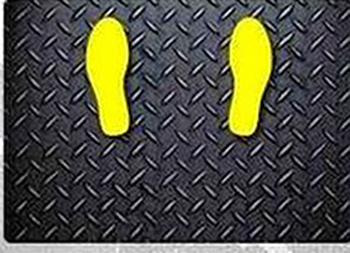
The high-stance leg press mainly targets the hamstrings and glutes. It also works the quads and calves to some extent. The high-stance leg press is an effective exercise for developing strong and well-defined hamstrings and glutes.
By positioning the feet higher on the footplate, the exercise places greater emphasis on these muscle groups compared to the traditional leg press. Additionally, the quads and calves are also engaged during this exercise, helping to build overall lower body strength and stability.
- Place your feet high on the footplate, so your knees form a 90-degree angle at the start of the movement.
- This foot placement places more emphasis on the glutes and hamstrings, making it a good choice for targeting the posterior chain.
5. Low leg Press Placement
Low leg press placement is an important aspect to consider when using this exercise machine. Proper placement ensures that you are targeting the correct muscles and reducing the risk of injury. When setting up for the low leg press, start by adjusting the seat height so that your feet are comfortably resting on the footplate.
Next, position your feet shoulder-width apart and ensure they are centered on the footplate. This will provide stability and allow for proper alignment throughout the movement. Additionally, it is crucial to adjust the backrest angle to maintain a neutral spine and support proper form. Taking the time to properly set up the low leg press machine will greatly enhance the effectiveness of your workout and help you achieve your fitness goals safely.
Low Stance: Foot Placement on Leg Press
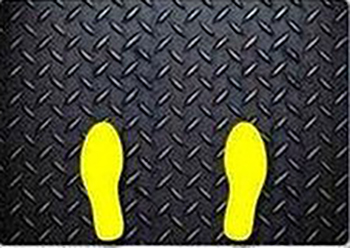
- Position your feet low on the footplate, near the bottom edge.
- This foot placement shifts the focus onto the quadriceps and may provide a greater range of motion, particularly for those with limited mobility.
When performing the leg press, it’s important to use proper form, control the weight, and choose a foot placement that aligns with your fitness goals. Start with a comfortable weight and adjust the foot placement as needed to target the specific muscle groups you want to work on.
Always consult with a fitness professional or trainer if you’re unsure about the best foot placement for your needs and physical condition.
They can provide guidance and ensure you are maximizing the benefits of the leg press while minimizing the risk of injury. Additionally, maintaining control throughout the exercise is crucial to prevent jerky movements or excessive strain on your joints.
By controlling the weight and focusing on proper form, you can effectively engage your muscles and achieve the desired results from your leg press workout. Remember to listen to your body and make adjustments as necessary to avoid discomfort or pain.


